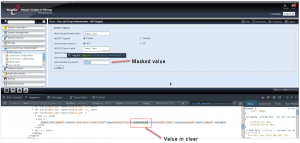Our CEO David Stubley will be opening the Cyber Security 2014 conference at the Gogarburn Conference Centre, RBS World Headquarters, Edinburgh next Thursday 6th February 2014.
His talk will be on ‘Cyber Security: Setting the Scene‘.
During this talk David will explore the question of “What is Cyber Security?” Using real life case studies David will provide insight into the current and future threats faced by UK businesses.
More information on the event can be found here.

